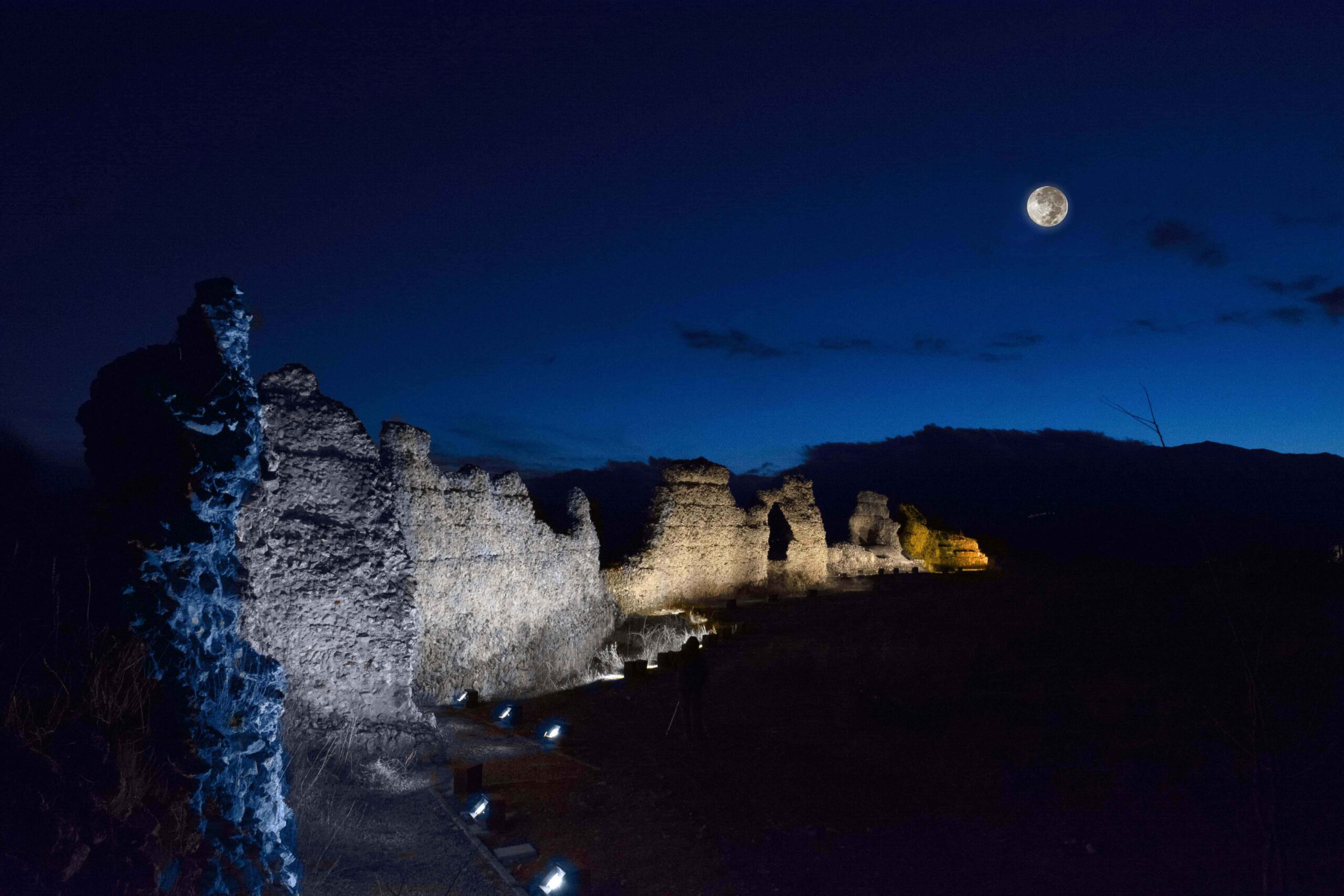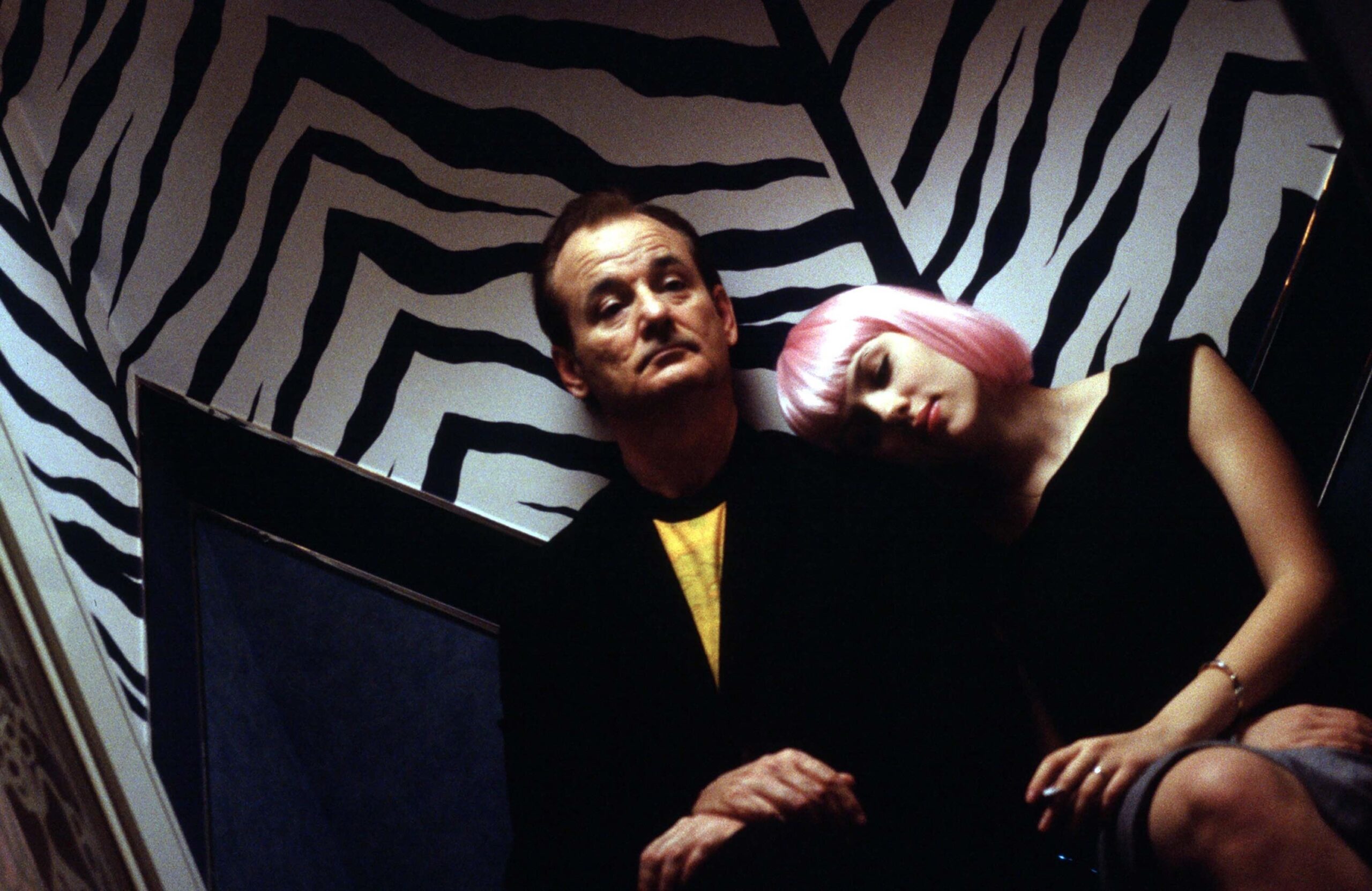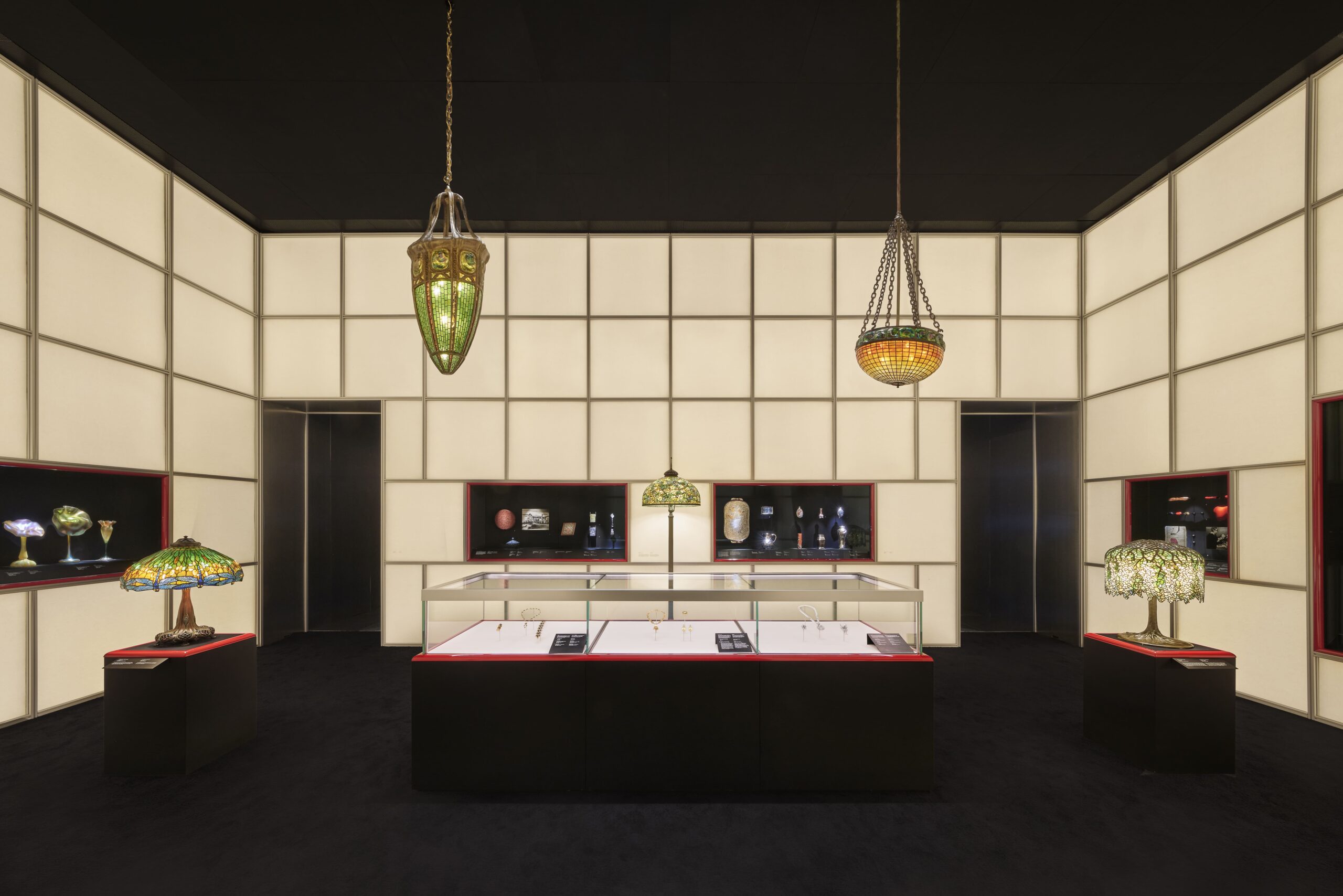One of the latest projects by Lighting and—the studio founded and led by Marco Piovella, lighting designer and active APIL board member—was the lighting concept for Amaro Lucano’s winery in Basilicata. This project earned the LIT Lighting Design Awards 2023. It was a deep exploration of light, tradition, and visual identity—an homage to innovation rooted in the 130-year legacy of the historic liqueur. Notably, it wasn’t the studio’s first winery project—they previously worked on the Braulio distillery, establishing a strong foothold in the sector.

What common elements shaped the lighting concepts for both wineries?
«Our versatility is a strength. Although, truthfully, I’d love to focus solely on wineries—they offer a unique opportunity to highlight the expressive power of lighting and the skill behind it. Residential projects? Not really our thing. I’ve done plenty in the past, but as a studio, we never seek them out».

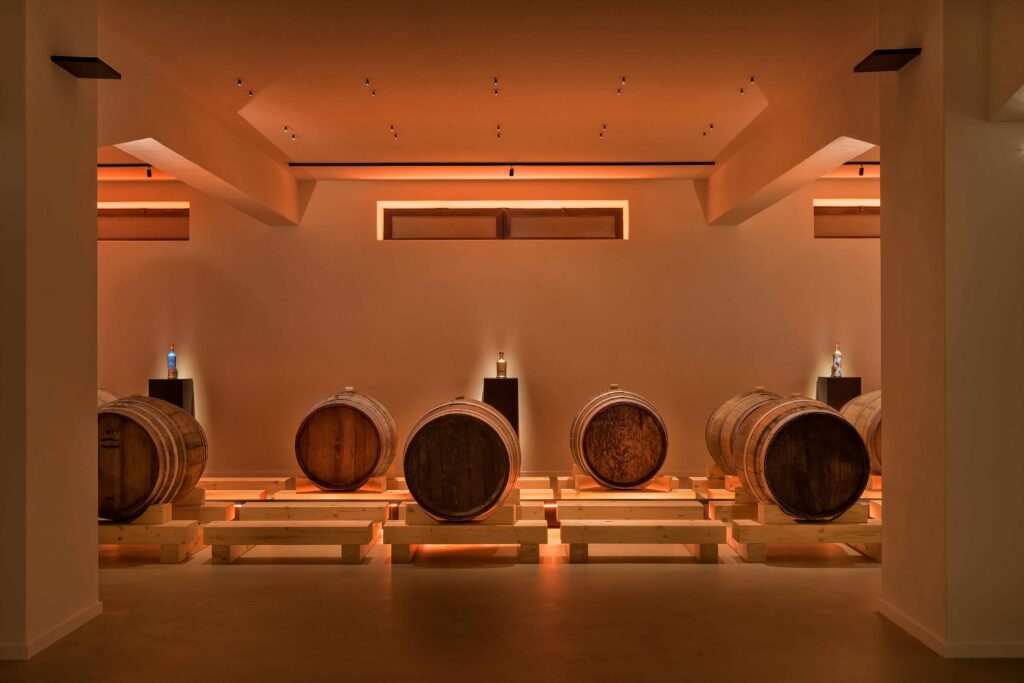
Is your design approach always pragmatic?
«‘Pragmatic’ fits us perfectly. After almost 15 years at «Lighting and», our processes are sharp and tested. However, lighting design is still largely misunderstood—not just by clients but even by design firms. Every client is a challenge: we must educate them on what a lighting designer does, then build the trust needed to proceed».

What’s your contribution to APIL?
«I’m proud to be part of APIL and now its new board. I bring the same pragmatic mindset I apply in my studio—rallying people and motivating them to act. My dream is for APIL to feel like a big, welcoming family for fellow designers and, why not, even competitors. It should also be a place where professionals in more commercial roles feel connected to those who treat lighting design as an intellectual craft».
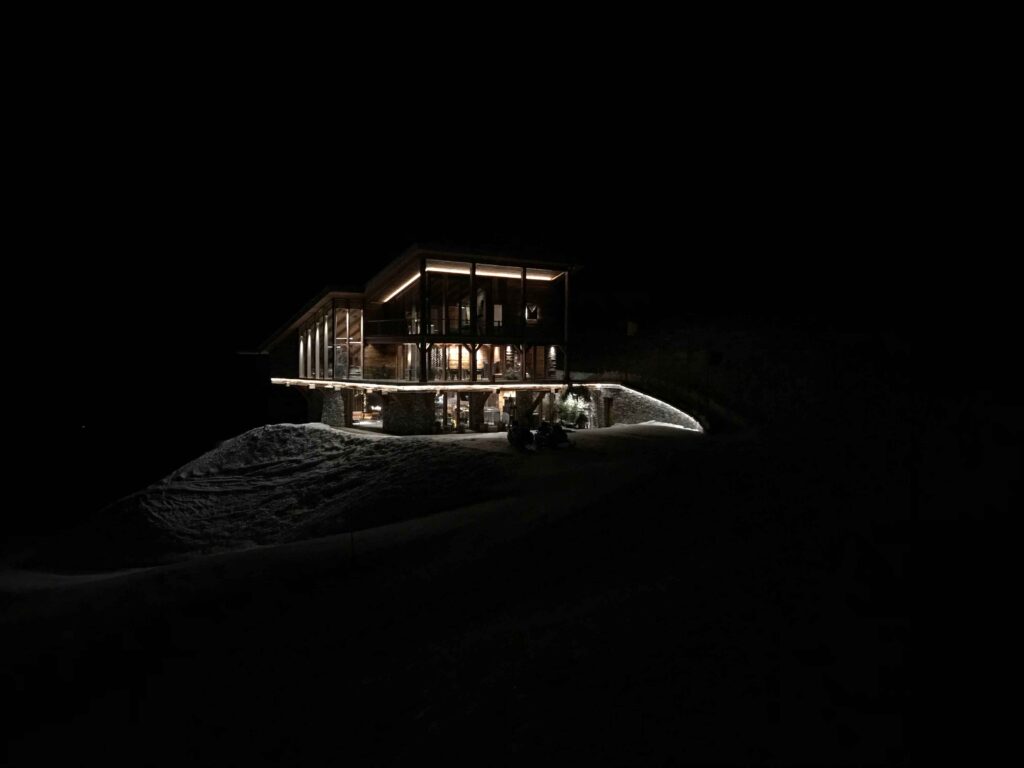
How is APIL working to promote lighting culture and protect the role of lighting designers?
«Right now, there’s a burst of ideas, ambitions, and both ongoing and new missions for the profession. The two biggest challenges are familiar: first, finding time for voluntary work is always hard; second, only a few people commit without giving up. We’re focusing on making APIL more accessible to young lighting designers, many of whom work within larger studios. We’re also revising standards for the role itself—reflected in our new bylaws, signed last November».
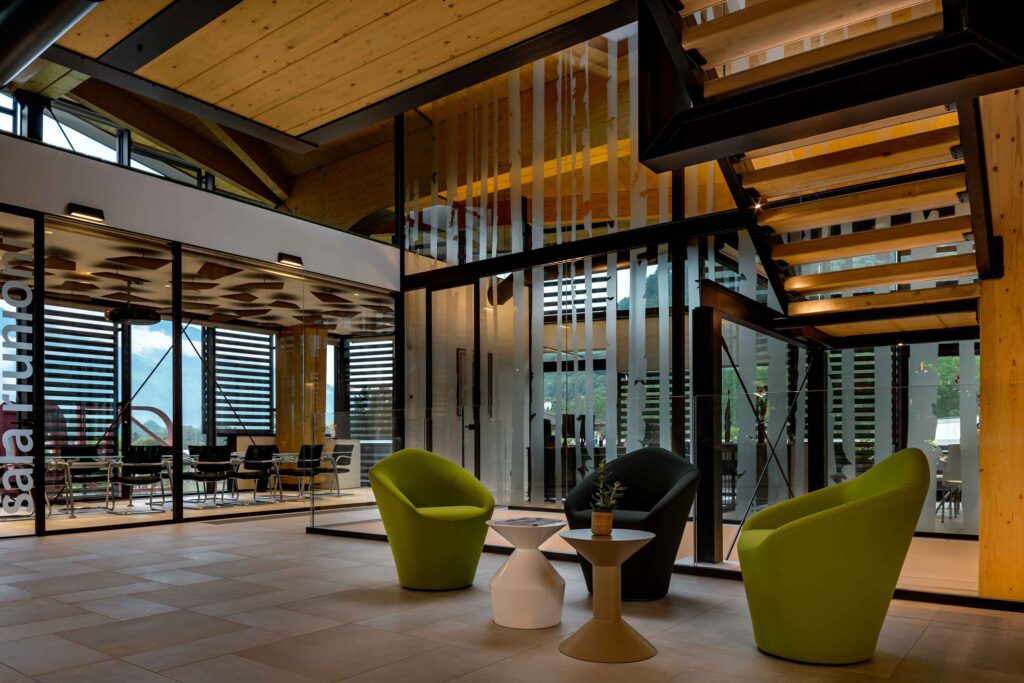
Lower energy use, longer product life, reusability—what actions promote sustainable lighting design?
«In any design challenge—and life—someone must take responsibility. It’s time for lighting design to be a required component in public tenders, just like electrical or structural planning. Sure, it may seem like extra stress at first, but it would become a powerful educational opportunity with long-term benefits—especially in reducing light pollution».

Can we do more to protect the dark?
«LEDs have already helped lower energy consumption. That’s enabled projects like the Women in Lighting initiative in Genoa—where adding light for urban safety makes perfect sense, and I fully support it. But take Milan: in the last decade, countless building facades—even in private housing—have been lit. Many are overly bright, with oversized, wasteful lighting systems. Some could operate at a tenth of their current intensity. Again, it’s about understanding the medium. Good lighting starts with education».

